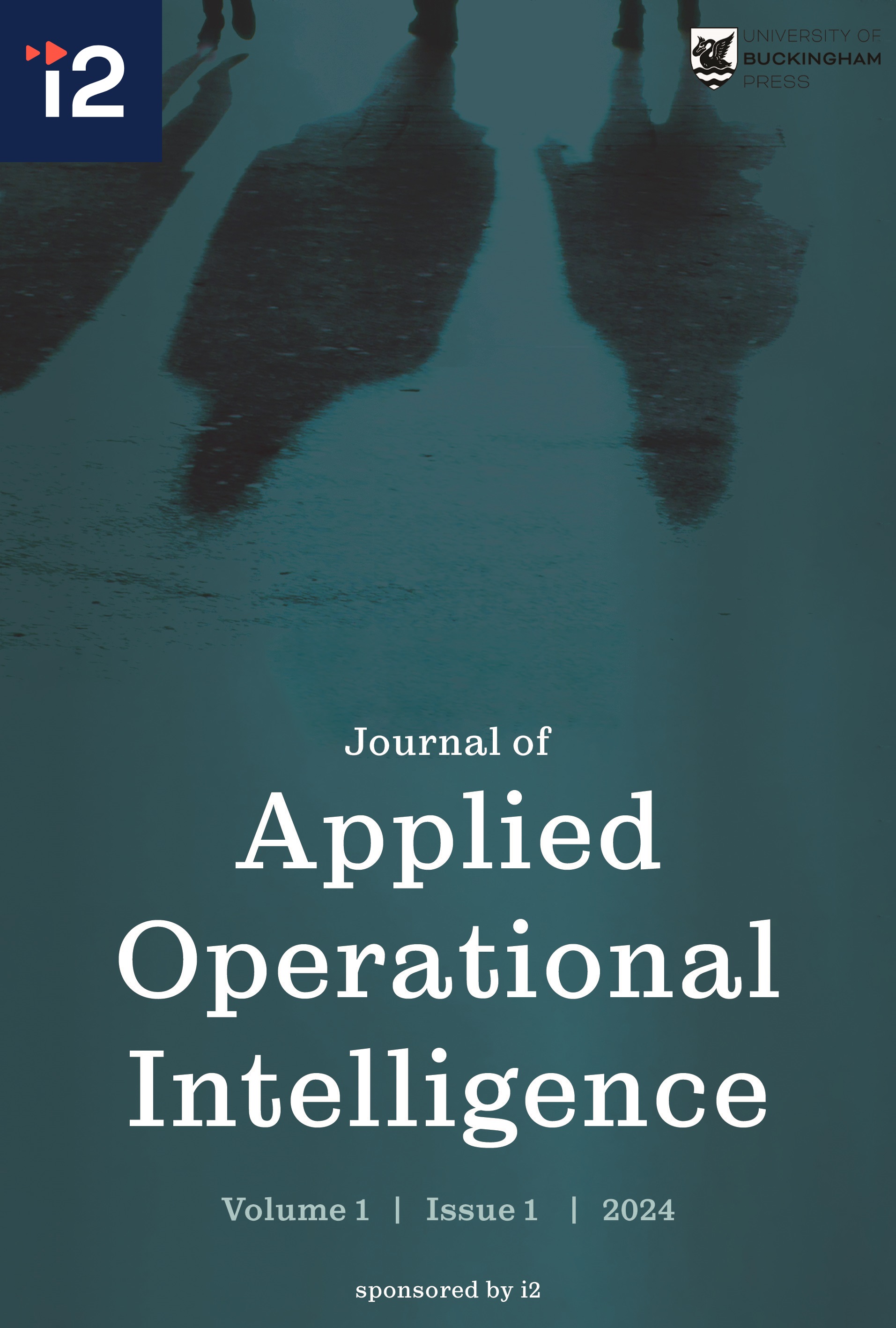Assessing Deception Projection via OSINT: The Case of the Ukraine 2022 Counter-Offensive
Main Article Content
Abstract
Introduction: As the intelligence community observed the evolution of open-source intelligence (OSINT) and the development of the extensive data landscape, several new challenges to traditional approaches to warfighting emerged. One of these challenges was the increasing intensity of the illusory truth effect and its effects on operational timeline planning. How effective are these Emerging Disruptive Technologies (EDT)-driven open sources in projecting a battlespace deception, and what are the limitations and risks? To offer a substantive answer to this question, this study will use the Russian war of aggression against Ukraine as a case study specifically focusing on a projected deception using OSINT in support of the Ukrainian Kherson Offensive, which began on August 29, 2022, and the Kharkiv Offensive, which started in September 2022.Methods: The analysis aimed to identify and quantify instances where the Ukrainian deception storyline was repeated across various media outlets and social media platforms. It used an OSINT scraper to aggregate and filter the data. Then, a simple quantitative analysis was used to cross-reference the intensity of the illusory truth effect with the Russian operational timeline for troop movements, and a conclusion was drawn.Results: The number of ‘hits’ scrapped during a specific period was unexpectedly high, indicating a high level of engagement from both mobile and desktop devices. The data revealed a clear connection between increasing illusory truth intensity and Russian troop movements in the field. The study also pointed out the limitations of large-scale social media data in confidently establishing cause-and-effect relationships between influence and physical actions. It also demonstrated how the growing risk of the illusory truth effect, driven by OSINT and unrestricted military access to social media, could potentially compromise the compartmentalised operational command and control of military organisations through the personal devices of individuals involved in the command-and-control processes.
Conclusion: In an information environment enhanced by EDT, the illusory truth effect is a powerful tool for deceptive projection in the information domain. This effect is amplified if access is gained to compartmentalised operational decision-making processes within the target warfighting organisation. Consequently, from an operational security perspective, the intelligence community must address the threat of an illusory truth breach of command & control processes via OSINT collection in an EDT-enhanced information environment.
Conclusion: In an information environment enhanced by EDT, the illusory truth effect is a powerful tool for deceptive projection in the information domain. This effect is amplified if access is gained to compartmentalised operational decision-making processes within the target warfighting organisation. Consequently, from an operational security perspective, the intelligence community must address the threat of an illusory truth breach of command & control processes via OSINT collection in an EDT-enhanced information environment.
Article Details
Issue
Section
Articles
